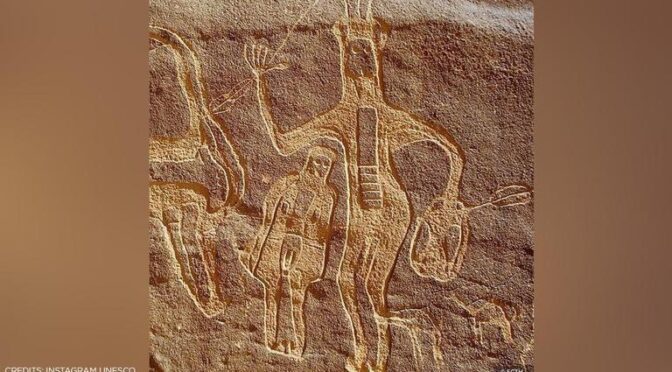5,500-YEAR-OLD GATE FOUND AT TELL ERANI
Archaeologists from the Israel Antiquities Authority (IAA) have made a remarkable discovery at the archaeological site of Tell Erani in Southern Israel. Unveiling a 5,500-year-old gate, the IAA team’s findings shed light on the rich history of this multi-period site.
Tell Erani, also known as ʻIrâq el-Menshiyeh, has a history that spans various epochs, with its origins dating back to the Chalcolithic period. However, the bulk of its archaeological remnants come from the Bronze Age and early Iron Age. The site’s historical significance was initially documented by Claude Reignier Conder and Herbert Kitchener during their 1872–1877 survey on behalf of the Palestine Exploration Fund. The evidence showcased habitation during the Hellenistic, Byzantine, and Mamluk periods as well.
Previous investigations by the Jagiellonian University in Krakow, Poland have hinted at artifacts possibly dating as far back as 4,000 BC, aligning with the Amratian culture of Naqada I period.
A recent study led by IAA archaeologists has brought to light a gate and defensive structures that originated during the Early Bronze IB phase, approximately 3,300 years ago. The gate stands at a height of 1.5 meters and consists of a passageway crafted from sizable stones, leading into the ancient urban center. The gate is flanked by two towers, all interconnected with protective walls encompassing the city.
IAA’s Emily Bischoff, the excavation’s Director, highlights the significance of this finding: “This is the first instance of unearthing such a substantial gate from the Early Bronze IB period. The construction of the gate and fortification walls necessitated the transportation of stones from distant sources, the crafting of mudbricks, and the intricate assembly of the fortifications. This endeavor wasn’t undertaken by a solitary or small group but rather points to a structured social organization that marks the nascent stages of urbanization.”
In essence, the discovery at Tell Erani offers an invaluable glimpse into the past, providing insight into the evolution of human settlements and the intricate social dynamics that laid the groundwork for urban societies.
Readalso: EARLY HUMANS IN EUROPE ENDURED VERY COLD CLIMATES, RESEARCHERS FIND




